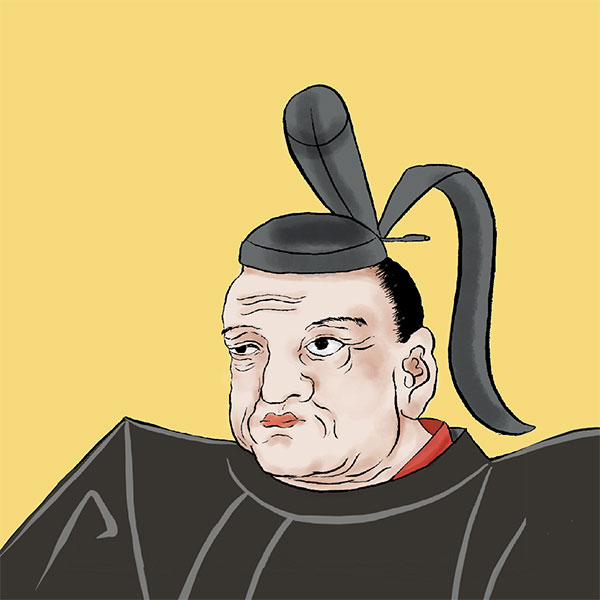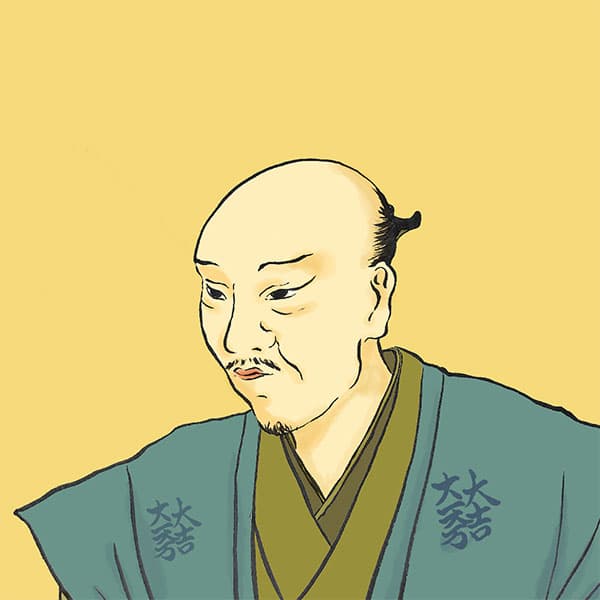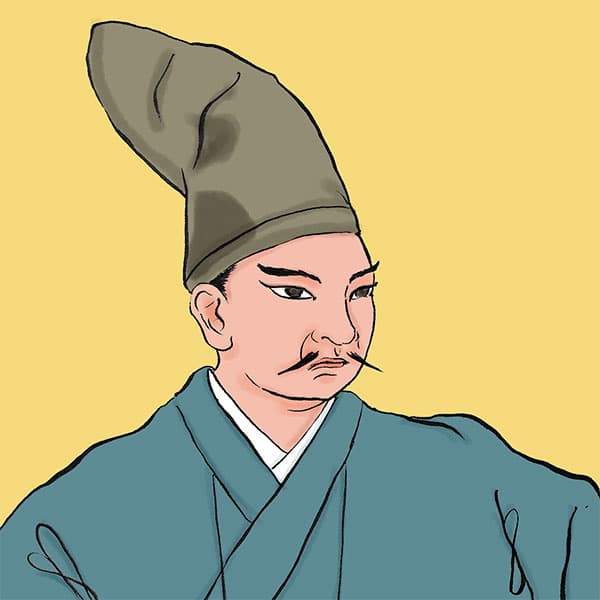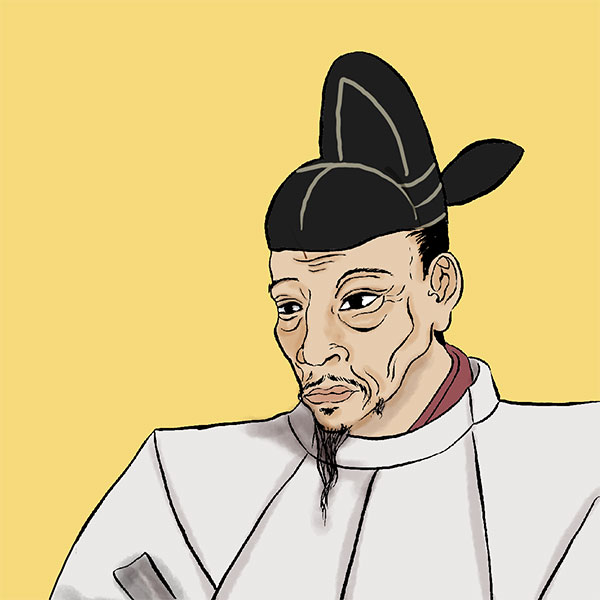Kunohe Masazane Rebellion (1/2)Hideyoshi's final battle to unify the country
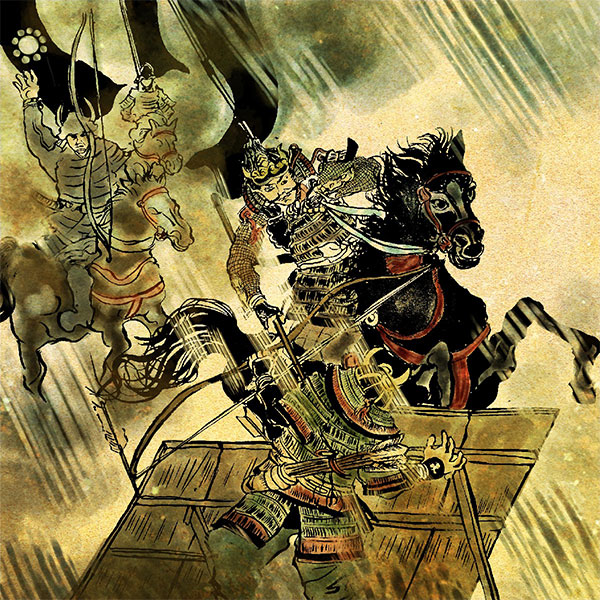
Kunohe Masazane Rebellion
- Article category
- case file
- Incident name
- Kunohe Masazune Rebellion (1591)
- place
- Iwate Prefecture
- Related castles, temples and shrines

morioka castle

Hanamaki Castle

Santo Castle
In March 1591, Toyotomi Hideyoshi had almost achieved unification, and the final enemy who stood in his way was Masazane Kunohe, a member of the Nanbu clan. He rebelled against the head of the Nanbu clan and his supporter Hideyoshi, and faced off against Hideyoshi's 65,000-strong army with just 5,000 soldiers. Why did this reckless rebellion against Hideyoshi, known as the ``Kunohe Masazune Rebellion'' or ``Kunohe Ikki'' occur? This time, I will explain the Kunohe Masazane Rebellion.
What kind of person is Masazane Kunohe?
Masazane Kunohe was born in 1536 in Kunohe Village (Kunohe District, Iwate Prefecture) as the son of Nobuoki Kunohe, a military commander of the Kunohe clan, a branch of the Nanbu clan that ruled Mutsu Province (present-day Aomori Prefecture). It's being passed on. In the Nanbu family, each clan worked together to govern the household, and the Kunohe clan was one of the most powerful clans, ruling Kunohe.
Masazane himself was famous as a military commander with outstanding valor, and expanded his influence as the 24th head of the Kunohe clan. In 1569, at the request of Harumasa Nanbu, the 24th head of the Nanbu family, he fought against the Ando clan of Dewa Province (Yamagata and Akita Prefectures) and showed great success, including recapturing Kazuno County (Akita Prefecture). Ta.
The Nanbu clan is in turmoil due to succession dispute
The Nambu clan and the Kunohe clan have a good relationship, and Harumasa Nambu's daughter is married to Masazane Kunohe's younger brother, Sanochika Kunohe. Since they were related, the two men had a good relationship. However, in 1582, Harumasa's death caused a succession problem, and this relationship gradually deteriorated.
Initially, Harumasa's successor was Nobunao, the child of Harumasa's cousin Takanobu Ishikawa. Harumasa, who had no son to succeed him, adopted his eldest daughter as his successor in 1565.
However, in 1570, Harumasa's second son (later Haritsugu Nanbu) was born. Perhaps it was a parent's desire to have his biological son succeed him rather than his son-in-law, but Harumasa began to dislike Nobunao, and in 1576, he changed his successor to Haritsugu. .
Nobunao seems to have resisted Harumasa for a while, but when his wife, Harumasa's eldest daughter, passes away, he declines the chance to adopt Harumasa. However, Harumasa continues to be wary of Nobunao. Nobunao was also wary of Harumasa's assassins and hid himself in the castle of his senior vassal Kita Nobuai. In this way, the Harumasa and Kunohe factions became at odds with the Nobunao and Northern factions within the Nanbu clan. According to one theory, Harumasa's death was an assassination by Nobunao. It appears that the conflict between the two factions was quite deep-rooted.
However, since Haritsugu had been determined to be the successor, if things had gone as planned, Haritsugu would have flourished the Nanbu family as the 25th generation. However, Haritsugu contracted smallpox and passed away at the young age of 13.
For this reason, the vassals hurriedly hold a meeting to decide on the 26th generation. At this time, two people were named as successors: Nobunao, the son-in-law of Harumasa's eldest daughter, and Sanochika Kunohe, the son-in-law of Harumasa's second daughter. In the end, thanks to Kita Nobua's arrangement with other branch clans in advance, Nobunao was chosen as the 26th head of the clan, albeit a bit forcefully. The Kunohe clan was dissatisfied with this decision, and the conflict with the Nambu clan deepened.
By the way, the historical facts about the Nambu clan around this time are not clear, and there are theories that Harumasa's death and Nobunao's succession to the family head occurred in 1581, and that Harumasa's death was due to Harumasa's death. There is a theory that he was assassinated by Nobunao on his way home from the funeral. there is. I look forward to future research.
What is Hideyoshi's "Oshu Punishment" that caused the Kunohe Masazane Rebellion?
While the conflict between Nanbu Nobunao and Kunohe Masazane was gradually deepening in the Tohoku region, Toyotomi Hideyoshi was intensifying his efforts to control all of Japan in the west. Hideyoshi conquered Shikoku by defeating Motochika Chosokabe in 1585, and conquered Kyushu by subjugating the Shimazu clan in 1587. In 1590, he defeated the Hojo clan in the Odawara conquest and forced Date Masamune to surrender. All that remains is the Ou region, or Tohoku. Hideyoshi carried out the ``Oshu Shioki'' (Oshu Shioki) in the Ou region in July 1996 as a final step to unifying the country.
Oshu Shioki refers to various policies implemented against the feudal lords of Tohoku, such as rearranging and disposing of their territories, hunting swords, and inspecting land. Because he was a powerful person who had almost unified the country, he was able to interfere with the feudal lords of Tohoku.
To inspect the Oshu Shioki, Hideyoshi marched the Oshu Shioki army led by Gamo Ujisato and Asano Nagamasa to Tohoku under the guidance of Date Masamune. Eventually, they marched to the area around Hiraizumi (Nishiwai District, Iwate Prefecture), carried out land surveys, stationed magistrates, and transitioned to a new system.
At this time, Hideyoshi issued a red seal to Nobunao Nambu, recognized Nobunao as the head of the Nambu clan, and relieved him of his territory. In fact, Nobunao made it clear that he would obey Hideyoshi by leading 1,000 soldiers to participate in the Odawara conquest, and Hideyoshi praised him for this. After that, Nobunao served as the vanguard of the Oshu Shioki Army. completely under Hideyoshi's control.
Oshu punishment becomes a flashpoint in the Tohoku region
The Kunohe clan, which was hostile to Nanbu Nobunao, opposed Toyotomi Hideyoshi's unilateral punishment of Oshu. Up until now, the Nanbu clan had ruled their territory with the cooperation of a confederation of clans, but with Hideyoshi's red seal recognizing Nobunao, the Kunohe clan became Nobunao's ``vassals.'' The Kunohe clan was very dissatisfied with this position, and while Nobunao was in the army, they attacked Minami Moriyoshi of Asamizu Castle, a military commander on Nobunao's side, and defeated Moriyoshi.
By the way, around this time, dissatisfaction with the Oshu punishment led to the Kasai Osaki Uprising in central Mutsu Province (northern Miyagi Prefecture to southern Iwate Prefecture), the Senboku Ikki in northern Dewa Province (Akita Prefecture), and the Semboku Ikki in Waga District and Hienuki District (Iwate Prefecture). Large-scale uprisings such as the Waga-Hienuki uprising occurred. Of these, Nobunao was involved in the Waga-Hienuki Uprising. Together with 500 troops, he went to the rescue of Asano Nagamasa, the magistrate at Toriyagasaki Castle (Hanamaki City), which had been attacked by an uprising force, but Nagamasa decided that it would be difficult to protect the castle during the winter that was about to arrive. Together, they retreated to Santo Castle.
Then, on New Year's Day in 1591, Masazane Kunohe refused the New Year's visit to the head family, that is, Nobunao. Normally, it was customary to go to Santo Castle where Nobunao was staying to greet him, but he ignored it. In this way, Seizan clearly demonstrated both at home and abroad that he was hostile to Nobunao. On the other hand, Nobunao's side became more wary of political and practical movements. In February, in addition to the Kunohe clan, surrounding clans such as the Kushibiki clan and the Shichinohe clan collaborated in an uprising.
Kunohe Masazane's Rebellion ① Kunohe Army 5,000 vs. Hideyoshi's Army 65,000!
Then, in March 1998, Masazane Kunohe finally raised an army. The trigger was Kiyonaga Kushibiki of the Shinohe clan, a military commander on the Kunohe side, attacking Tomabechi Castle on the side of the Nanbu clan. Masazane, with about 5,000 soldiers, successively attacked Denpoji Castle, Ichinohe Castle, and other areas around Sannohe Castle, where Nobunao Nanbu was located.
The article on the Kunohe Masazane Rebellion continues.

- WriterNaoko Kurimoto(Writer)I am a former travel industry magazine reporter. I have loved history, both Japanese and world history, since I was a child. I usually enjoy visiting temples and shrines, especially shrines, and often do ``pilgrimages to sacred places'' themed around historical figures. My favorite military commander is Ishida Mitsunari, my favorite castle is Kumamoto Castle, and my favorite castle ruins is Hagi Castle. My heart flutters when I see the ruins of battle castles and the stone walls of castle ruins.




